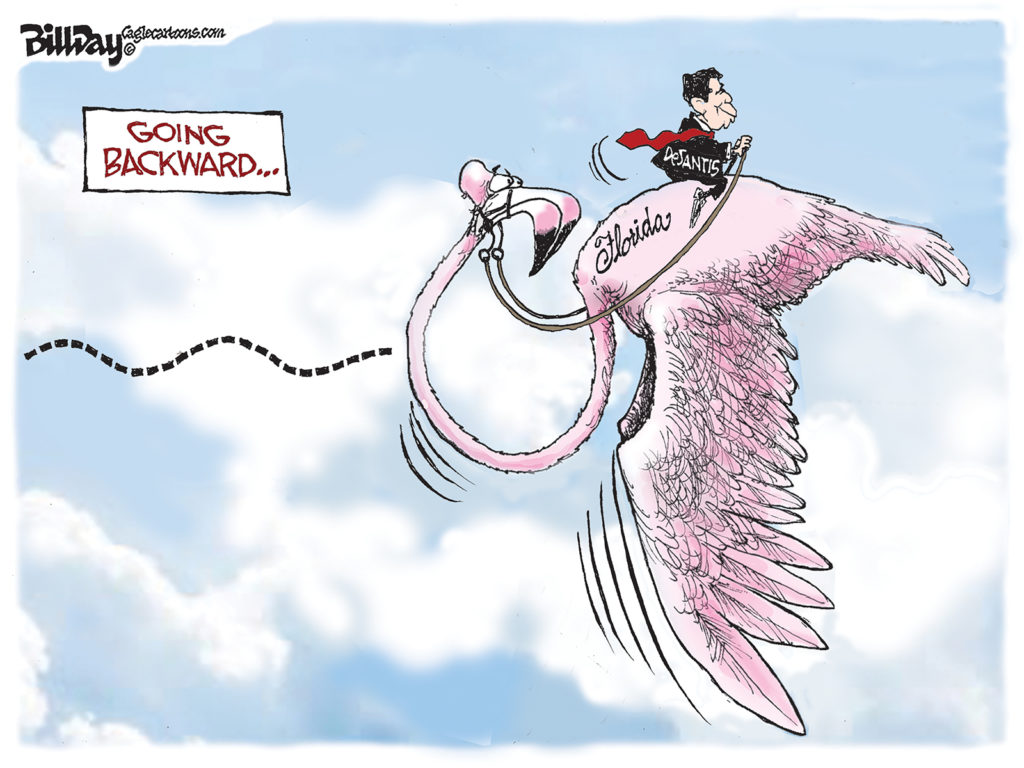The grand experiment that began 32 years ago to reinvent Shelby County Government as an urban government is coming to a close.
It began with such promise on a clear, unseasonably warm New Year’s Day in 1976 when Shelby County’s first mayor, Roy Nixon, took office and sent the clear message that he was intent on creating a “strong mayor” form of government that would demand equal footing with the mayor of Memphis.
In the two decades that followed, county government achieved Nixon’s founding vision and more, taking on such a strong Memphis focus that it prompted a rivalry between Memphis and Shelby County Governments and the men who were elected to their highest offices. The uncomfortable alliance was often punctuated with dueling press releases and with one mayor elbowing the other out of the way at groundbreakings and major announcements.
Ground Zero
Joint projects became the norm — even though it meant that Memphians were being taxed twice for many of the same services — and Shelby County Government set up new programs for senior citizens, urban neighborhoods, downtown redevelopment, and economic development that were aimed at convincing Memphians that county government mattered to them.
It was light years from the county government that was so rurally dominated that it was ground zero for the landmark U.S. Supreme Court’s “one man one vote” ruling in Baker vs. Carr that changed reapportionment not only for Shelby County, but for every legislative body in the entire country. Until then, although the majority of Shelby County’s population had always lived inside Memphis, the majority of the county’s legislative body members was from outside Memphis.
This new urban majority and focus provoked new momentum to adopt a modernized structure for county government. When Nixon took the oath of office in 1976, he headed up a new government that mirrored the structure of Memphis city government. There was the hope that the similarity would be so obvious that voters would see the overwhelming logic of consolidation.
Crossroads
It was not to be. Not only was there not a vote on consolidation, but in the end, instead of having just one massive urban government, taxpayers had two that they could not afford — each today with more than 6,000 employees and tax rates of about $4.00 per $100 of assessed value. The burden was especially heavy for Memphians who paid 100 percent of the city property taxes and about 70 percent of the county’s, prompting a historic hollowing out of the city’s middle class.
In time, something had to give, and there were two options.
One was for Memphis to whittle back its services to mimic other cities — mainly police, fire, and sanitation — while Shelby County took responsibility for museums, libraries, parks, and schools, moving their budgets to its broader base of taxpayers and cutting the Memphis tax rate to a level comparable to Germantown and Collierville.
The other option was for Shelby County to yield the field to Memphis and scale back to the traditional services provided by most counties in Tennessee — jails, elections, schools, and public health.
The Road Taken
A recent newspaper headline seemed innocuous, but in truth said volumes about which option was chosen. It said that Shelby County intended to sell its only golf course. The subtext was that county government was ridding itself of services considered to be typically urban. It had already eliminated funding for libraries.
These changes reversed a trend that began in the earliest days of the new restructured county government. From the beginning, it blurred the lines between urban and rural services. The philosophy until that time was that if people outside Memphis wanted higher quality law enforcement and fire protection, they would get it through annexation. But with county government providing urban level services, resistance to annexation by Memphis deepened.
Then, to compound that mistake, county officials threw good money after bad by fueling unbridled sprawl and by never meeting a developer’s project that they didn’t like. With much of their political base lying outside Memphis, this special attention made political sense for the mayor and a majority of the board of commissioners, who thought it was the only way to keep white voters inside Shelby County.
The Legacy
Thirty-two years and $2 billion in debt later, Shelby County government is down-shifting and the structure once hailed as a “twenty-first-century county government” is destined to atrophy.
Ironically, the lasting impact of this experiment may be the one most subjected to ridicule over the years — the office of the county mayor. Other county executives were so impressed by the higher profile that resulted from being called “mayor” that a state law was passed. Now every Tennessee county has a mayor.
This post was previously published in the June issue of Memphis magazine in the monthly City Journal column.



